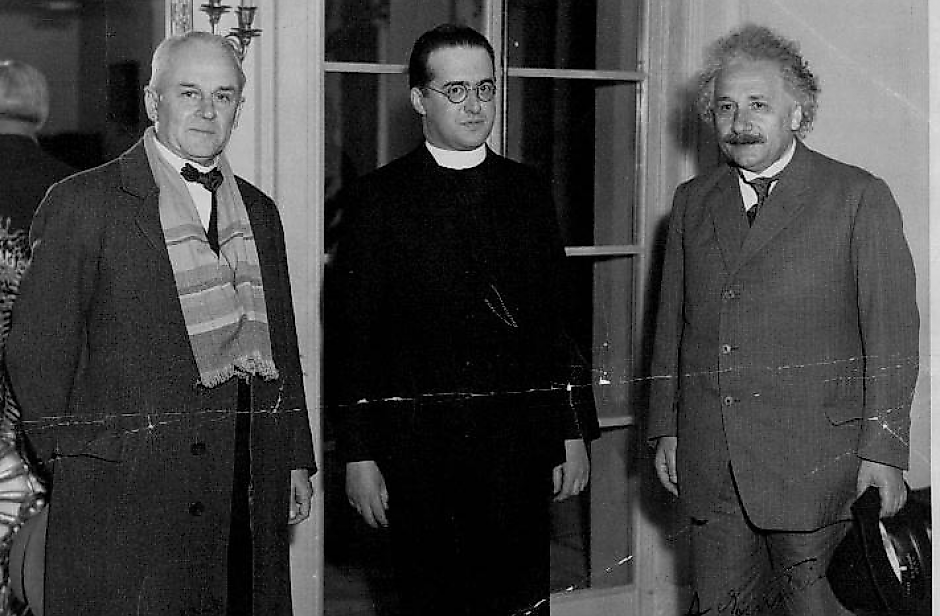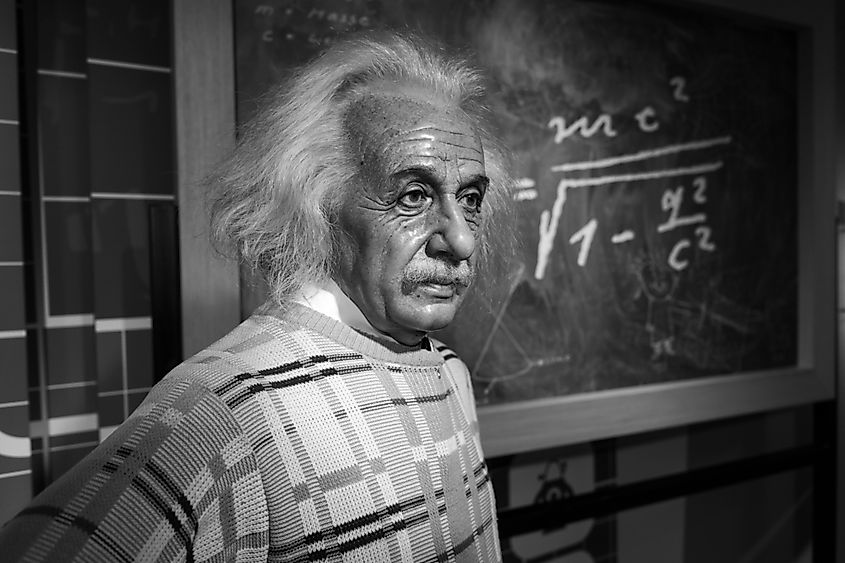Who Was Georges Lemaître?

Georges Henri Joseph Édouard Lemaître was a Belgian Priest, astronomer, physicist, and mathematician who was the first to establish the theory that states that the decline of galaxies near each other can be interpreted by understanding how the universe expands. He also determined Hubble’s law and the Hubble constant, all of which he wrote about before Edwin Hubble publishing his articles on the subjects. Hubble was, however, the first to confirm all of Lemaître’s findings empirically. Georges Lemaître also introduced his “hypotheses of the primeval atom,” later to be known as the Big Bang theory.
Georges Lemaître’s Life
Georges Lemaître was born in 1894 (July 17th). He attended a Jesuit school in Charleroi and then studied civil engineering. During his studies, he served in the Belgian army as an artillery officer during World War I. Once the war was over, he began studying mathematics and physics, obtaining his doctorate in 1920. He was also preparing for the priesthood and eventually became a priest in 1923. The same year he started working on research at the University of Cambridge, later on at Harvard College, and finally at the Massachusetts Institute of Technology (MIT).

Upon returning to Belgium, he became a lecturer and first presented his idea of the ever-expanding universe, which was published in 1927. That same theory was later recognized as Hubble’s law. The reason those findings were first accredited to Edwin Hubble was that the paper was published in a lesser-known journal, rarely read outside Belgium. Even the English translation lacked some critical info, and it wasn’t until much later that Georges Lemaître got the credit he deserved.
Recognition From Other Scientists
Around the time Georges Lemaître published his article on the expansion of universe Albert Einstein began to take note of him, and they would often bump heads in disagreement. During this time, Lemaître was also often being invited to speak on various meetings of physicists. His theory on the universe as being in a constant state of expansion was beginning to gain more and more praise from his colleagues.
During one of those meetings in London, he proposed the idea that the entire universe expanded from what he referred to as the “Primeval Atom.” That theory was later published in an article in the magazine Popular Science and subsequently became known as the Big Bang Theory. It was not well received at first, as even scientists such as Eddington and Einstein were skeptical. However, with further research Georges Lemaître did with Manuel Sandoval Vallarta, expanding the theory with more detail, it finally began to receive the attention and recognition, culminating in 1933, when it was published in the Annals of the Scientific Society of Brussels.

In the following decades, he continued teaching at various universities, receiving numerous accolades, such as being admitted into the Royal Academy of Sciences and Arts of Belgium. Pope Pius XII also praised him in 1951, who claimed that Lemaître’s work gave scientific explanations for Catholic beliefs, which angered Georges Lemaître. Although he was a Catholic, he believed Science and religion shouldn’t mix. Nearing the end of his lifetime, he was more and more concerned with mathematics, even using some of the first electronic computers in his research. He died on June 20th, 1966.
The Work Of Georges Lemaître
If we were to summarize the most critical parts of Lemaître’s research, it would be only fair to start with him pioneering the application of Albert Einstein’s theory of general relativity to the studies of the evolution of the universe. He also laid the foundation for Hubble’s Law, which concerns the expansion of the universe, and estimated the exact value of the Hubble constant. The Hubble constant represents the number by which we measure the speed at which the universe expands at various distances across different points in space.
Georges Lemaître was familiar with the work of other scientists, mostly astronomers, and he would always design his theories to be exact and testable, in accordance with the observations available at that time. His theory about the expansion of the universe was published at the right time since Edwin Hubble would publish his work soon after that, and with it support what Lemaître was saying. That convinced Einstein to give more support to Georges Lemaître.
In his work, Georges Lemaître also adopted computers for his calculations fairly early. In 1958 he already brought the first computer to his university. He was also Nobel Prize nominee in 1954, making him the first theoretical cosmologist to receive a nomination. Not only that, but he also got a second nomination in 1956, only this time in chemistry, due to his theory on the primeval atom.











